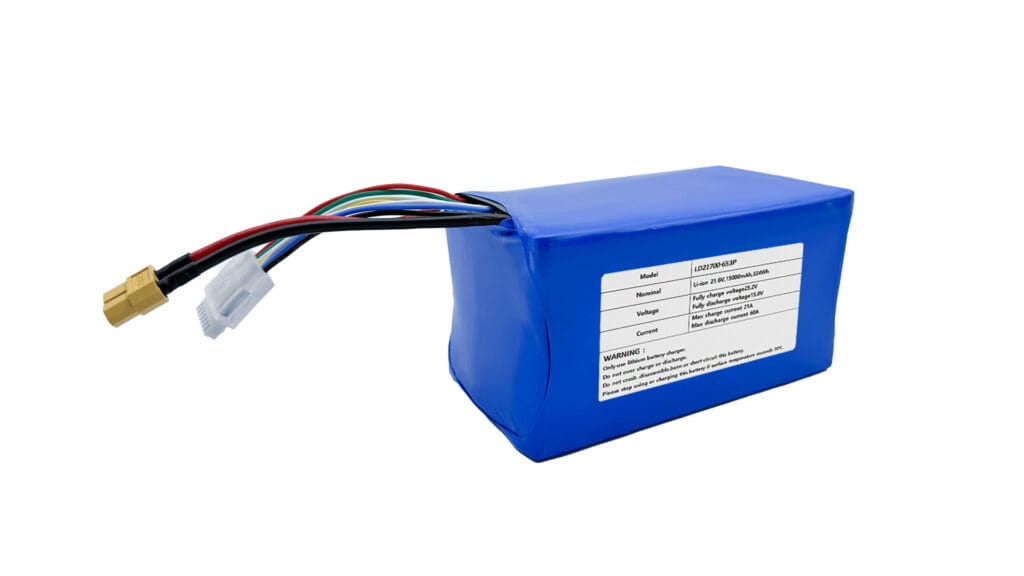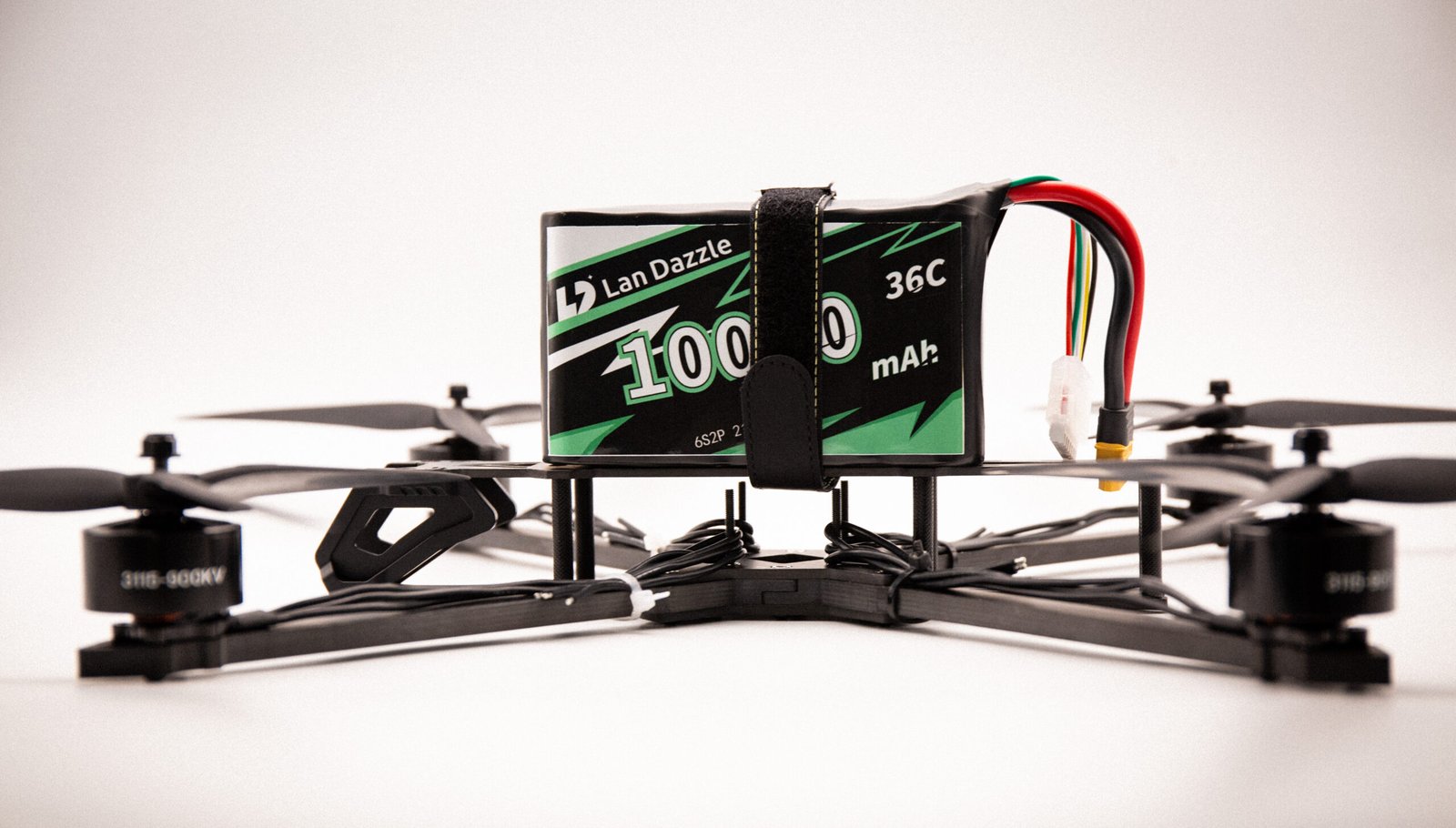18650 vs Pouch Cells
In our increasingly mobile and tech-driven world, lithium-ion batteries power a vast array of devices, from the smartphones in our pockets to the electric vehicles on our roads. While the underlying chemistry might be similar, these batteries come in various shapes and sizes, each with its own set of characteristics. Two of the most common formats you’ll encounter are the cylindrical 18650 battery and the flat pouch cell. But what exactly are the differences between them, and why does your phone use one while your laptop might use the other?
This article will delve into the key distinctions between 18650 and pouch cells, breaking down their form factors, energy density, safety features, costs, and typical applications. By the end, you’ll have a clear understanding of these battery types and why they are chosen for different devices.
What are 18650 Batteries?
The term “18650” might seem like a technical code, and in a way, it is. The numbers refer to the battery’s approximate dimensions: 18mm in diameter and 65mm in length. The “0” traditionally denoted a cylindrical shape. These are lithium-ion rechargeable batteries encased in a robust metal cylinder, which not only provides structural integrity but also houses internal safety mechanisms.
Typically, an 18650 battery has a nominal voltage of around 3.6V or 3.7V, and their capacity can range from about 2000mAh to 3500mAh. You’ll commonly find 18650 batteries in applications like laptop battery packs (though pouch cells are increasingly common here too), power banks, some electric vehicle battery packs (especially in earlier models or specific designs), and high-powered flashlights. Their standardized size makes them relatively easy to handle individually and integrate into modular battery systems.
What are Pouch Cells?
In contrast to the rigid cylindrical form of the 18650, pouch cells utilize a flexible, sealed polymer laminate casing. This design allows for greater versatility in terms of shape and size, enabling manufacturers to optimize the use of space within their devices. Like 18650s, pouch cells are also lithium-ion batteries with similar nominal voltage characteristics (around 3.7V).
The focus with pouch cells is often on achieving specific device form factors and maximizing energy density by weight. You’ll find them widely used in smartphones, tablets, many modern electric vehicles (like those from Tesla, utilizing larger format pouch-like cells in their structural battery packs), and drones, where a sleek design and lightweight, high-energy storage are crucial.
Key Differences: 18650 vs Pouch Cells
While both are lithium-ion batteries, the 18650 and pouch cell differ significantly in several key aspects:
4.1. Form Factor and Flexibility
The most obvious difference lies in their physical form. 18650 batteries have a fixed cylindrical shape, which, while robust, limits design integration. They are easier to handle as individual units. On the other hand, pouch cells are flexible and can be manufactured in various shapes and sizes, allowing for more efficient use of space within devices and enabling thinner, more uniquely contoured products. Pouch cells can also be stacked or layered to fit specific design requirements.
4.2. Energy Density
When it comes to how much energy these batteries can store relative to their weight (gravimetric energy density), pouch cells generally have an advantage. Typically, pouch cells can achieve gravimetric energy densities of around 250-300+ Wh/kg, while 18650s are often in the 200-250 Wh/kg range. This makes pouch cells particularly appealing for weight-sensitive applications like smartphones and electric vehicles aiming for longer driving ranges. Volumetric energy density (energy for the same volume) can be comparable, but pouch cells often have a slight edge here too due to efficient layering.
4.3. Safety
Safety is a critical consideration for any battery. 18650 batteries benefit from their metal casing, which provides structural integrity and often includes venting mechanisms designed to release pressure in the event of thermal runaway, potentially preventing more catastrophic failures. However, if a failure does occur, it can be more energetic. Pouch cells, with their softer casing, are more prone to swelling if overcharged or damaged. While generally considered safe with a properly functioning Battery Management System (BMS), thermal runaway can still lead to fire or explosion. Pouch cells often rely more heavily on the BMS for safety.
4.4. Cost
Due to their longer history of mass production and standardization, 18650 batteries often have a lower cost per unit of energy (Wh) compared to pouch cells. The manufacturing of pouch cells can be more complex and tailored to specific applications, which can contribute to a higher per-Wh cost, although this gap is narrowing as pouch cell production scales up.
4.5. Lifespan and Durability
The cycle life (number of charge-discharge cycles a battery can endure before significant degradation) is more dependent on the battery chemistry and usage patterns than the form factor itself. Both 18650 and pouch cells can offer similar cycle lives if they use comparable chemistries and are well-maintained. In terms of physical durability against minor impacts, the rigid metal casing of 18650s can offer a slight advantage over the softer casing of pouch cells.
Advantages and Disadvantages
To summarize, here’s a look at the pros and cons of each type:
5.1. Advantages of 18650 Batteries
- Standardization and Wider Availability: Readily available from many manufacturers.
- Generally Lower Cost per Wh: Often more economical per unit of energy.
- Robust Cylindrical Form Factor: Offers good physical protection.
- Well-established Safety Features (Venting): Can help mitigate thermal runaway.
5.2. Disadvantages of 18650 Batteries
- Lower Gravimetric Energy Density: Stores less energy for the same weight compared to pouch cells.
- Less Flexibility in Device Design: The fixed shape limits integration into sleek or uniquely shaped devices.
5.3. Advantages of Pouch Cells
- Higher Gravimetric Energy Density: Stores more energy for the same weight.
- Flexibility in Shape and Size: Allows for optimized space utilization and design.
- Lighter Weight: The polymer laminate casing is lighter than metal.
5.4. Disadvantages of Pouch Cells
- Generally Higher Cost per Wh: Can be more expensive per unit of energy.
- More Susceptible to Damage (Punctures, Swelling): Less physical protection.
- Requires More Sophisticated Battery Management Systems (BMS): Crucial for safe operation.
Which One Should You Choose?
The “better” battery type isn’t universal; it depends entirely on the application. Choose 18650 if cost is a primary concern, a robust, standardized form factor is suitable, and ease of replacement is desired. Opt for a pouch cell when high energy density and a lightweight, flexible design are critical, such as in smartphones and modern electric vehicles.
Conclusion
Both 18650 and pouch cells are vital components in the landscape of lithium-ion battery technology. The cylindrical 18650 offers a blend of robustness and affordability, while the pouch cell provides superior energy density and design flexibility. The choice between them is a trade-off based on the specific needs and priorities of the device being powered.
FAQ
- Q: Are pouch cells safer than 18650 batteries?
A: Neither is inherently safer. Safety depends on design and the BMS. 18650s have venting; pouch cells rely heavily on the BMS. - Q: Which battery type lasts longer?
A: Lifespan depends on chemistry and usage, not just the form factor. Both can have similar cycle lives. - Q: Are pouch cells more powerful?
A: Power delivery can be similar. Pouch cells often excel in energy density (storage capacity per weight). - Q: Why do smartphones use pouch cells?
A: For their shape flexibility to fit thin designs and higher energy density by weight. - Q: Can I replace an 18650 with a pouch cell?
A: Generally, no, due to different form factors, connections, and BMS requirements. - Q: Which type of battery is lighter?
A: For the same energy, a pouch cell is typically lighter.





